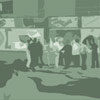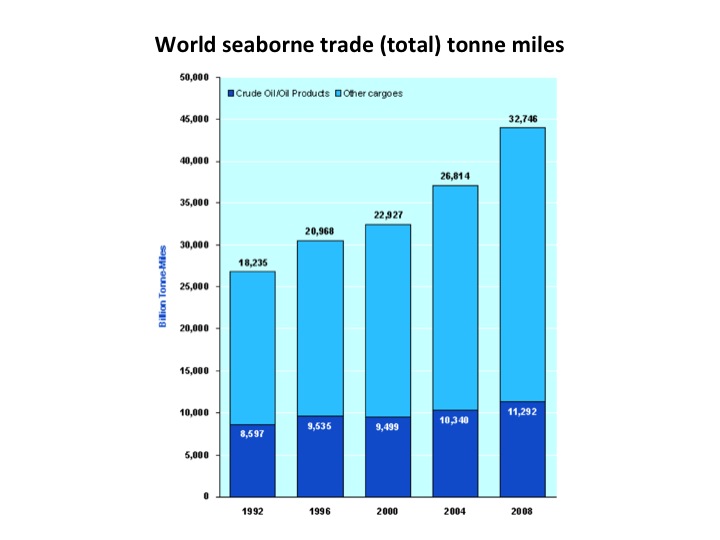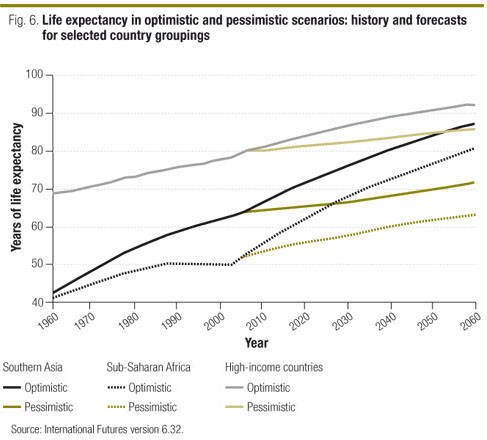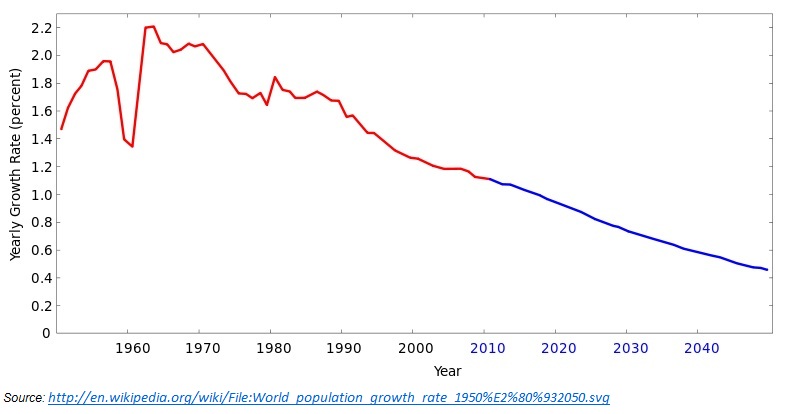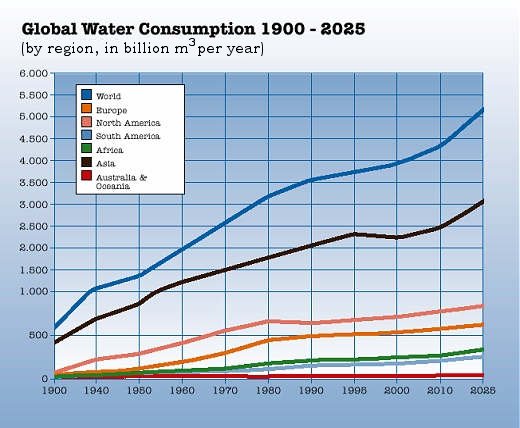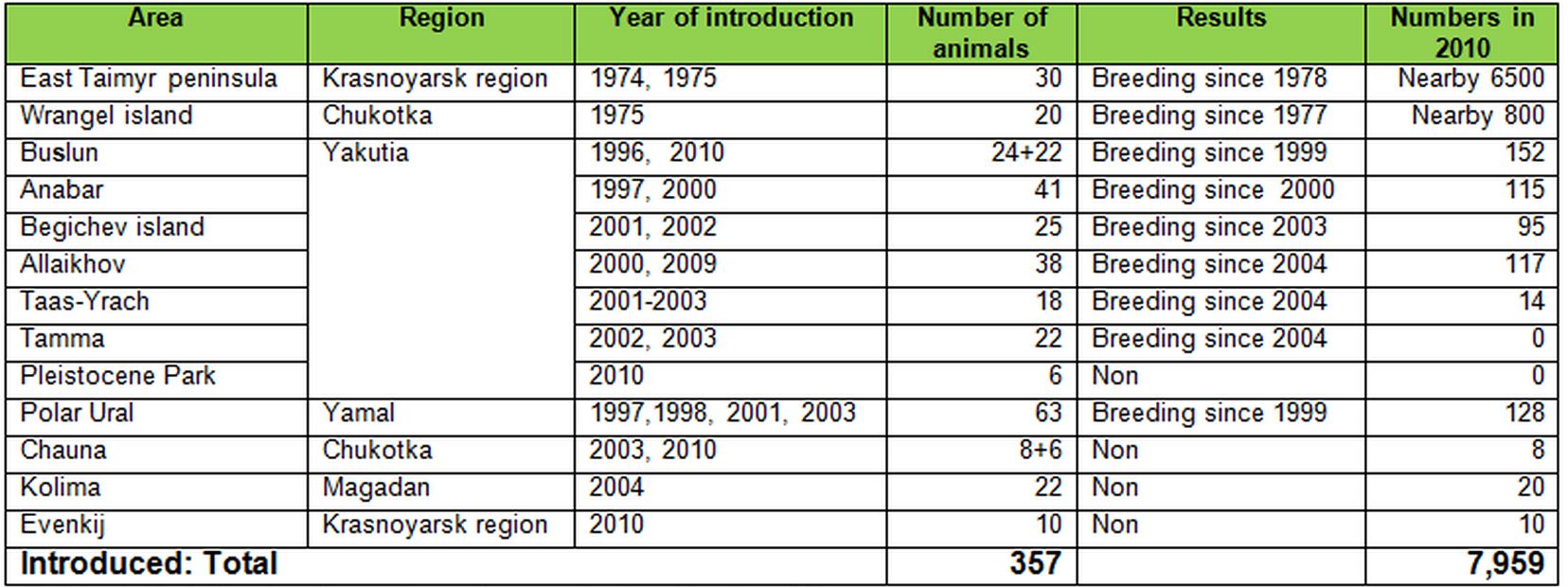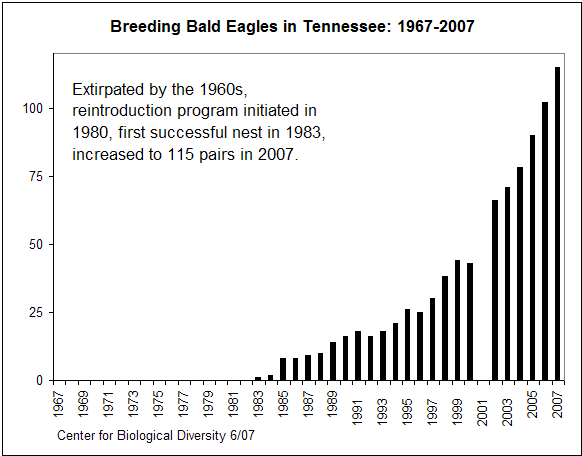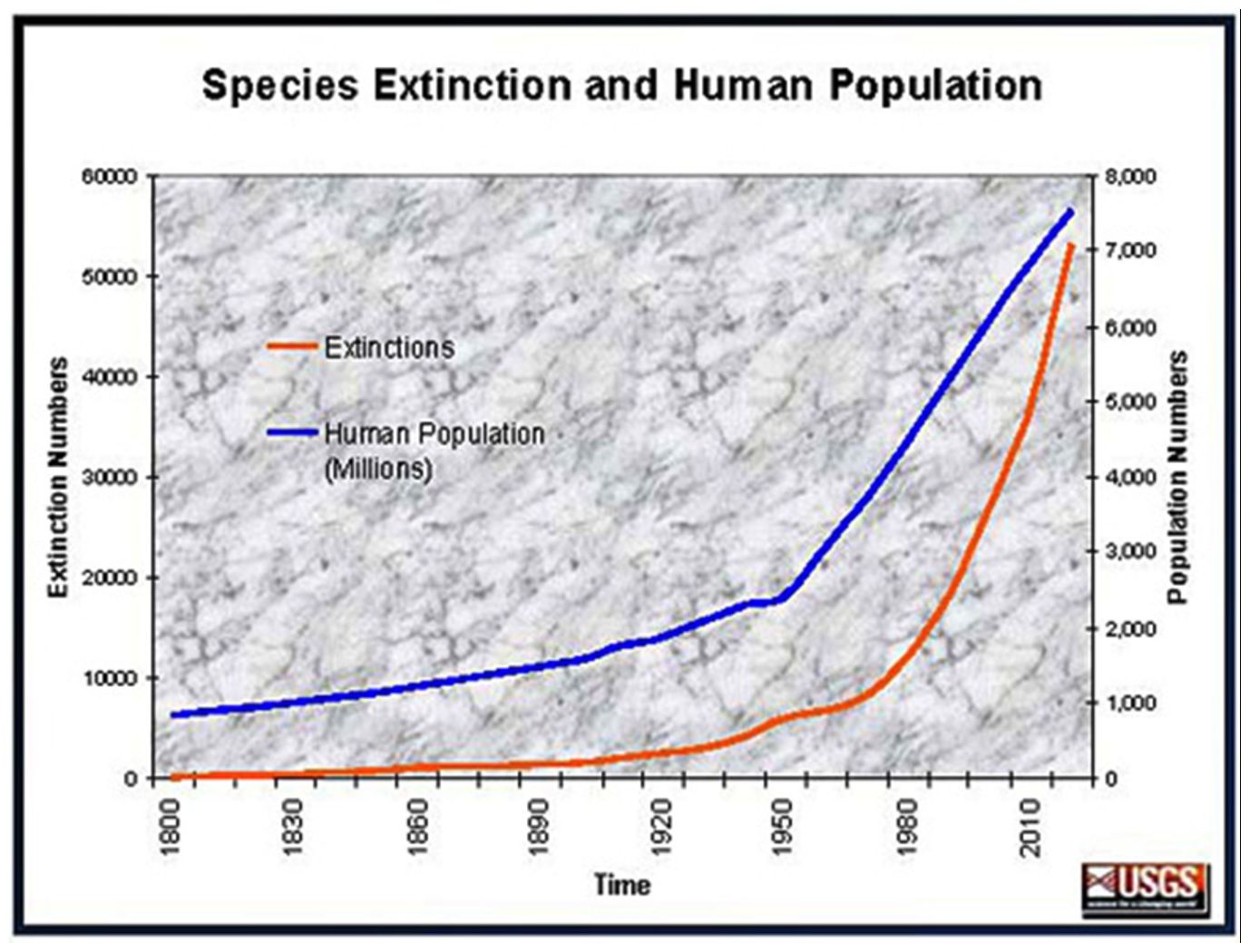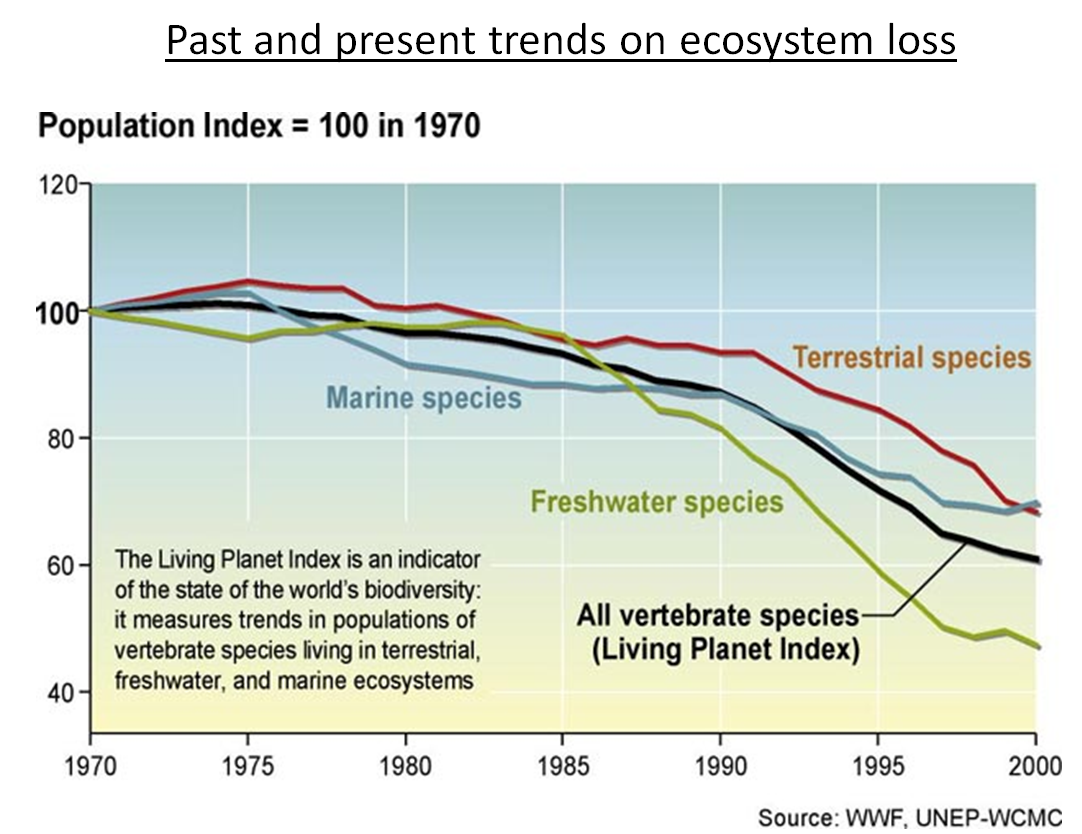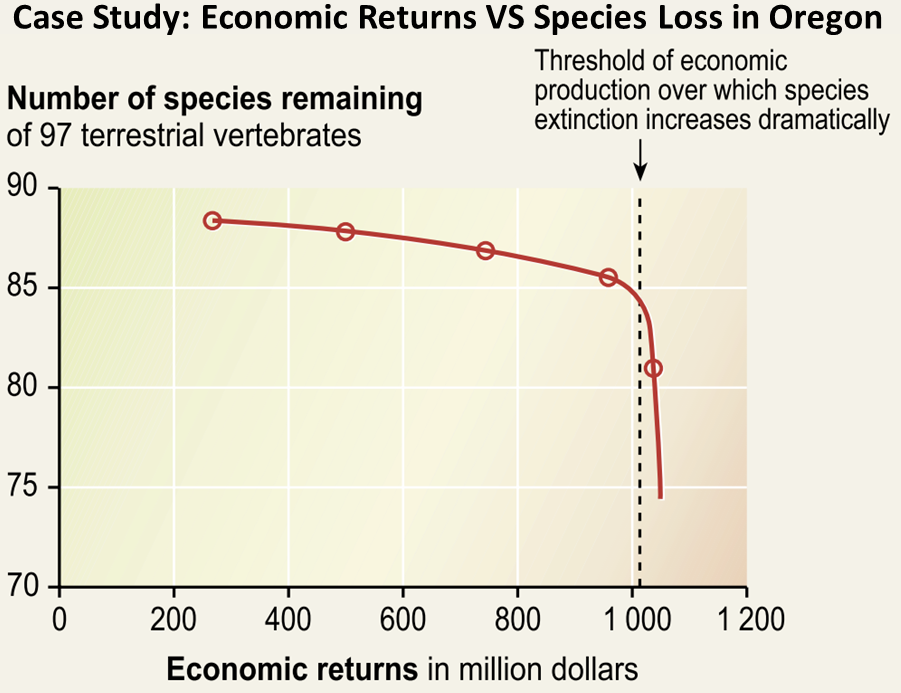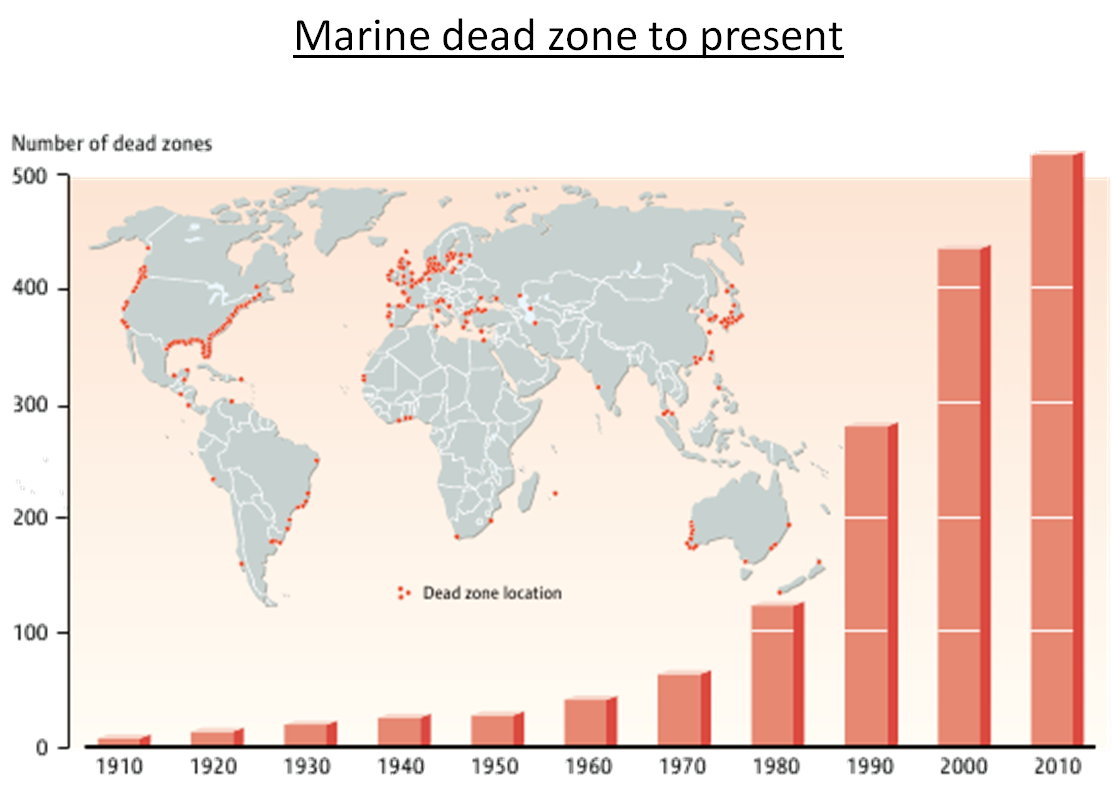Graph
Submitted by Médérick DUMESNIL on
Life Expectancy in Optimistic and Pessimistic Scenarios
Submitted by Andy on
World Population Growth Rate till 2040
Submitted by Andy on
Global Water Consumption 1900-2025
Submitted by Margaux on
Reintroduction of the Musk Ox in the environment
Submitted by Loll0 on
Breeding of Bald Eagles in Tennessee
Submitted by Loll0 on
species extinction and human population
Submitted by sybil.bory on
past and present trends on ecosystem loss
Submitted by sybil.bory on
Case Study, Economic Returns VS Species Loss in Oregon
Submitted by francob12 on
marine dead zone to present
Submitted by sybil.bory on

